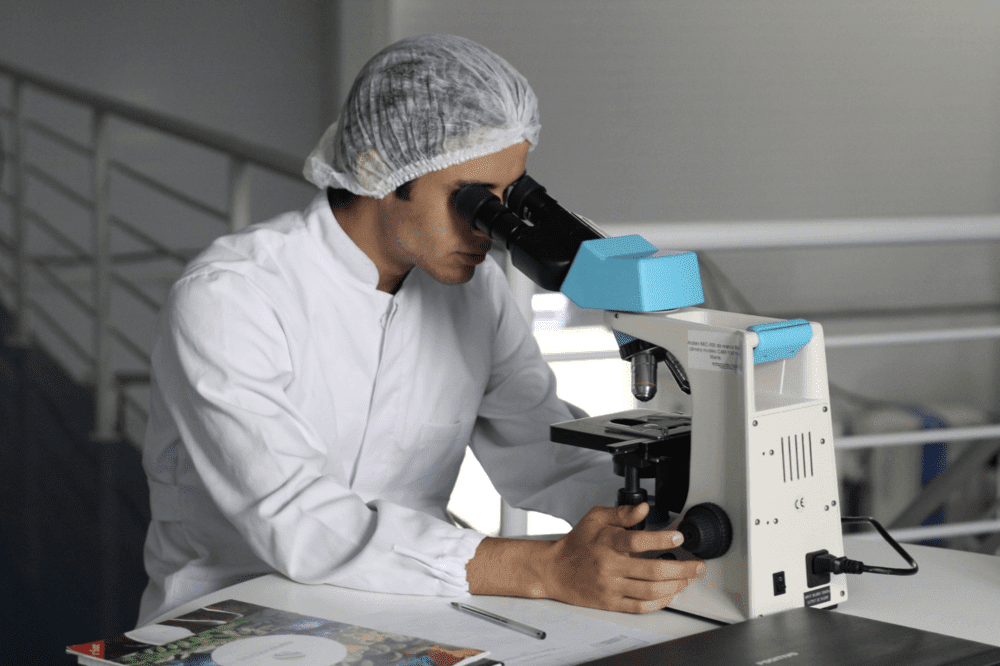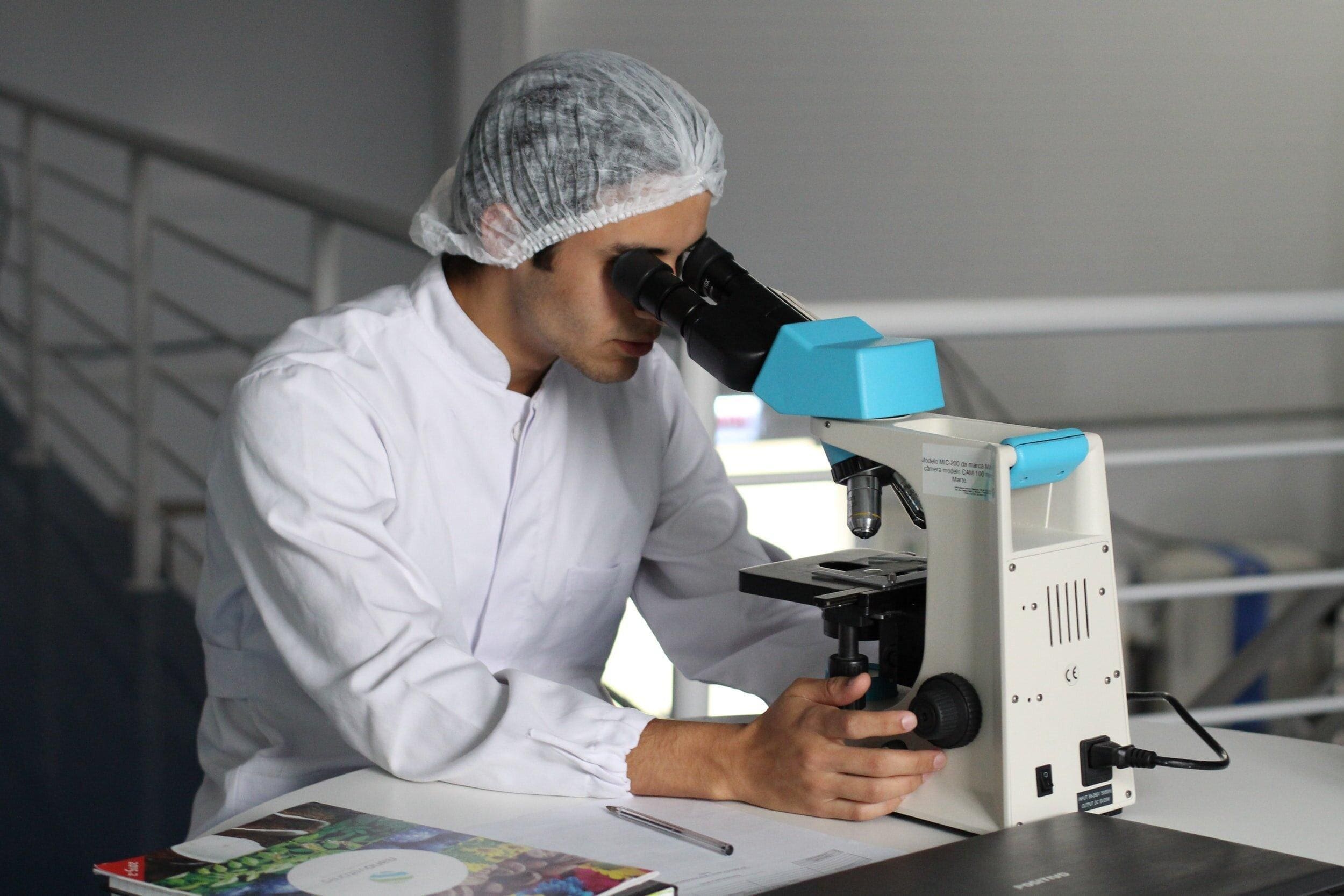Thinking about ideas in different ways from diverse perspectives brings innovation and new insights into scientific questions.

By Justin Chapman
Diversity of thought and experience is critical to science and the scientific method, said Dr. Ansuman Satpathy of Stanford in a recent Science podcast moderated by Dr. Sean Sanders and sponsored by Michelson Philanthropies.
“Thinking about ideas in different ways from new perspectives, from perspectives that hadn’t been thought of before, that’s what brings innovation and new insights into scientific questions,” Satpathy said. “It’s important to say that historically, science has been unwelcoming to diverse communities of people, including women and people from different racial or ethnic backgrounds. And as a result, the current representation of that diversity of thought is really low and unacceptable.”
However, while progress is slow, Satpathy said he believes the scientific community is trying to move in the right direction—though it does have to be a community-wide effort.
Satpathy is an assistant professor in the Department of Pathology at the Stanford University School of Medicine. He is a member of the Stanford Cancer Institute and the Park Institute of Cancer Immunotherapy. His research focuses on developing and applying genome sequencing technologies to study fundamental properties of the immune system in cancer patients. His work employs both single-cell and three-dimensional genome sequencing tools to study the epigenetic regulation of tumor-specific T cells.
In the first year of the Michelson Prizes, which are awarded to researchers 35 or younger, there were more than 100 applicants. Satpathy was awarded the inaugural Michelson Prize in Human Immunology and Vaccine Research for his proposal incorporating epigenetics and machine learning, to identify key regulatory mechanisms that trigger protective immunity following vaccination.
While the United States is “an incredible place to do science,” according to Dr. Satpathy, there are gaps when it comes to opportunities for young scientists.
Winning this prize helped launch Satpathy’s career, enabling him to gain a premier faculty position at Stanford, secure additional funding, and become a cofounder of Immunai, a biotechnology company that is comprehensively mapping the human immune system merging single-cell biology and AI to generate therapeutic discovery, accelerate product development, and improve human health.
“Diversity is the central part of the scientific process,” he said. “In the same way that if you were asking a scientific question, you would want to access every possible answer and hypothesis and go down each road, diversity of thought and experience and people feeds into that process. You want to have every person’s input on how you could answer this potential question. It’s critical. And it’s borne out in all of these studies that show that diverse teams of scientists produce better science and more impactful science.”
Satpathy highlighted the many barriers to diversity in STEM (science, technology, engineering, and math) fields.
“The first barrier is setting clear expectations for a culture or environment that is inclusive and diverse,” he said. “That is what we’re trying to achieve. The second thing is flexibility in the workplace. What we’ve learned in in the COVID era is that science can be quite flexible. Some people can work from home, some people can come in periodically, some people can take some time off as they have personal issues or family issues that arise. And that’s okay, that can still be very effective. The third is around hiring and promotion. We should make sure that we are actively seeking a diverse workforce and representation in every hiring decision we make. We must understand that some people may have intrinsic biases and we must have an open and transparent process to address those.”
He said the last barrier relates to international collaboration. He argued that while U.S. research should be secure, it is also important to reduce barriers for scientists to engage in meaningful collaborations with international researchers.
Diversity also includes age. Dr. Gary Michelson, president of Michelson Philanthropies, has pointed out that research done on Nobel Prize winners in the hard sciences showed about 80% of them had done the work for which they won the Nobel Prize before the age of 35, highlighting the importance of supporting early career scientists.
“There is a period of creativity right after you finish your formal training, graduate school, and postdoctoral fellowship that’s really exciting,” Satpathy said. “It’s your first time going out and pursuing your own ideas and not really having any limitations on what you can pursue. And that leads to this high level of creativity that often exists at this time.”
But while the United States is “an incredible place to do science,” according to Satpathy, there are gaps when it comes to opportunities for young scientists.
“What supports innovation is flexibility. Not every person will have exactly the same progression. We should adapt for that.”
Dr. Ansuman Satpathy
“One gap is the early career awards for junior faculty who have just started their own research groups,” he said. “There are select government programs focused on that stage of investment, but those programs are the exceptions rather than the rule. The second gap is around supporting the postdoctoral fellowship graduate students. Programs at the government level often come with a lot of strings attached. You have to do this in year one, this in year two, this in year three, and this in year four. But what supports innovation is flexibility. Not every person will have exactly the same progression. We should adapt for that.”
He argued that the most important thing for early career scientists is the scientific freedom and time to explore questions that interest them the most, and the ability to pursue those results wherever they lead. People also want a supportive community of scientists that they can collaborate with and discuss ideas in an open and free way, to have a scientific exchange. Universities can do more to provide a supportive environment for early career scientists.
Satpathy, who has won a number of prizes, said such prizes as the Michelson Prize have had a major impact on his career.
“It introduces you to a community of scientists that you maybe would not have come across before,” he said. “Now you’re in forums where you can present your scientific ideas and you can excite more people to work together or to just bounce ideas off of. For me personally, that has led to a lot of collaboration that wouldn’t have happened otherwise. Oftentimes, reaching that level of collaboration can take years and many, many papers.”
The other impact of these prizes relates to the resources and funding needed to pursue high-risk ideas.
“If you only have a certain number of resources, you can only afford to take X amount of risk, knowing that a lot of things will fail,” he said. “You need to have some successes to continue as a scientist in this ecosystem, and the more resources you have, the riskier ideas that you can pursue and the more ideas you can afford to have fail.”
Listen to the full podcast episode here. Learn more about the Michelson Prizes.

